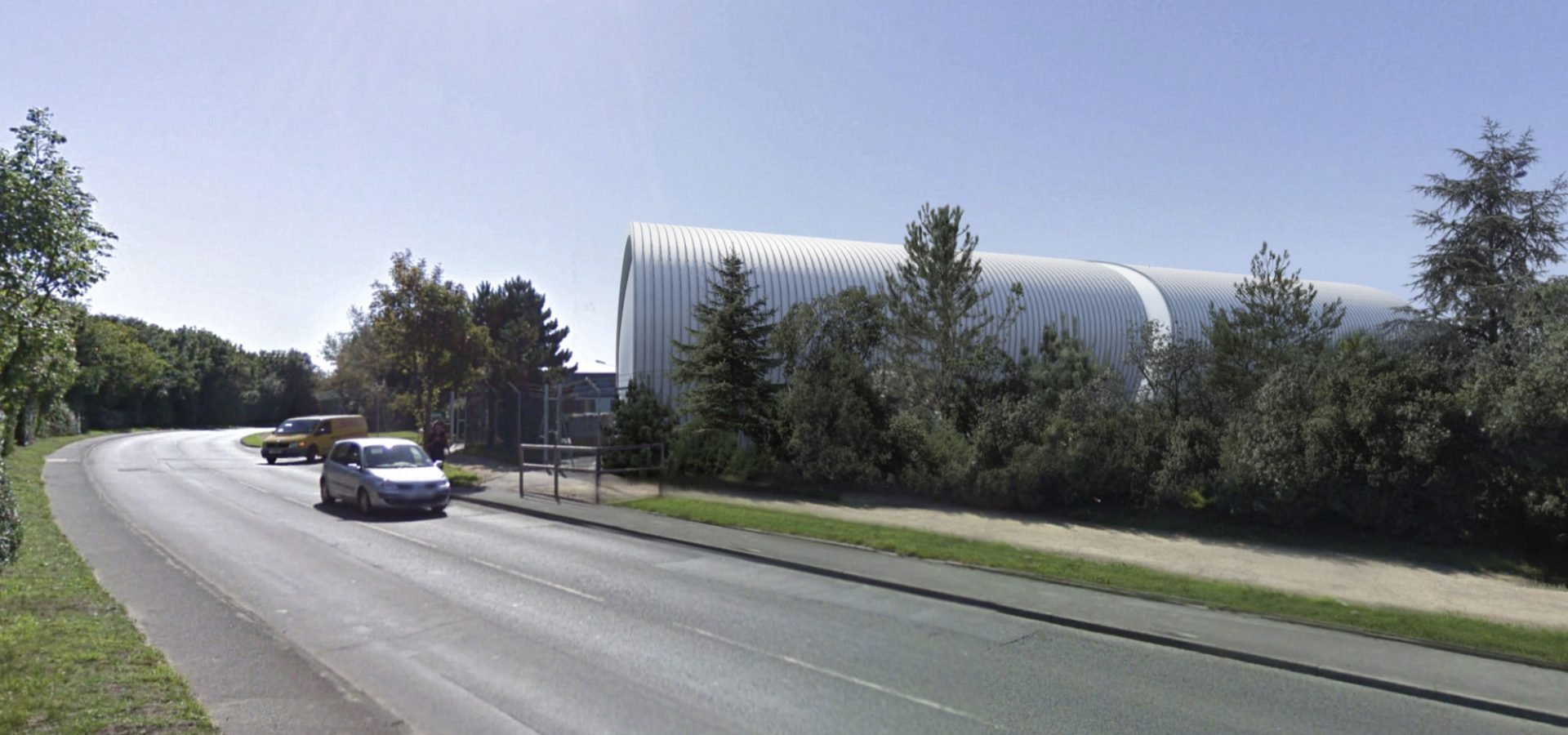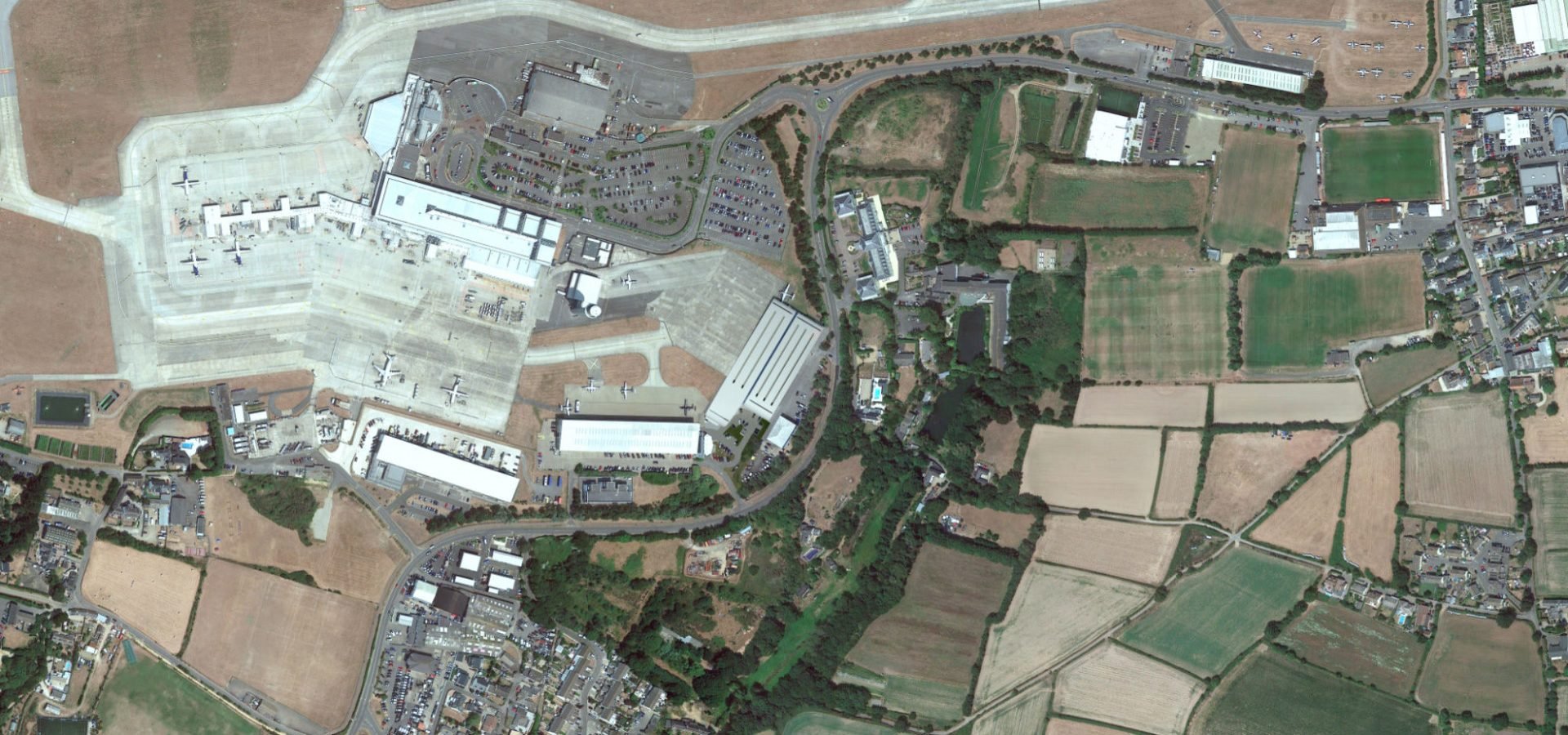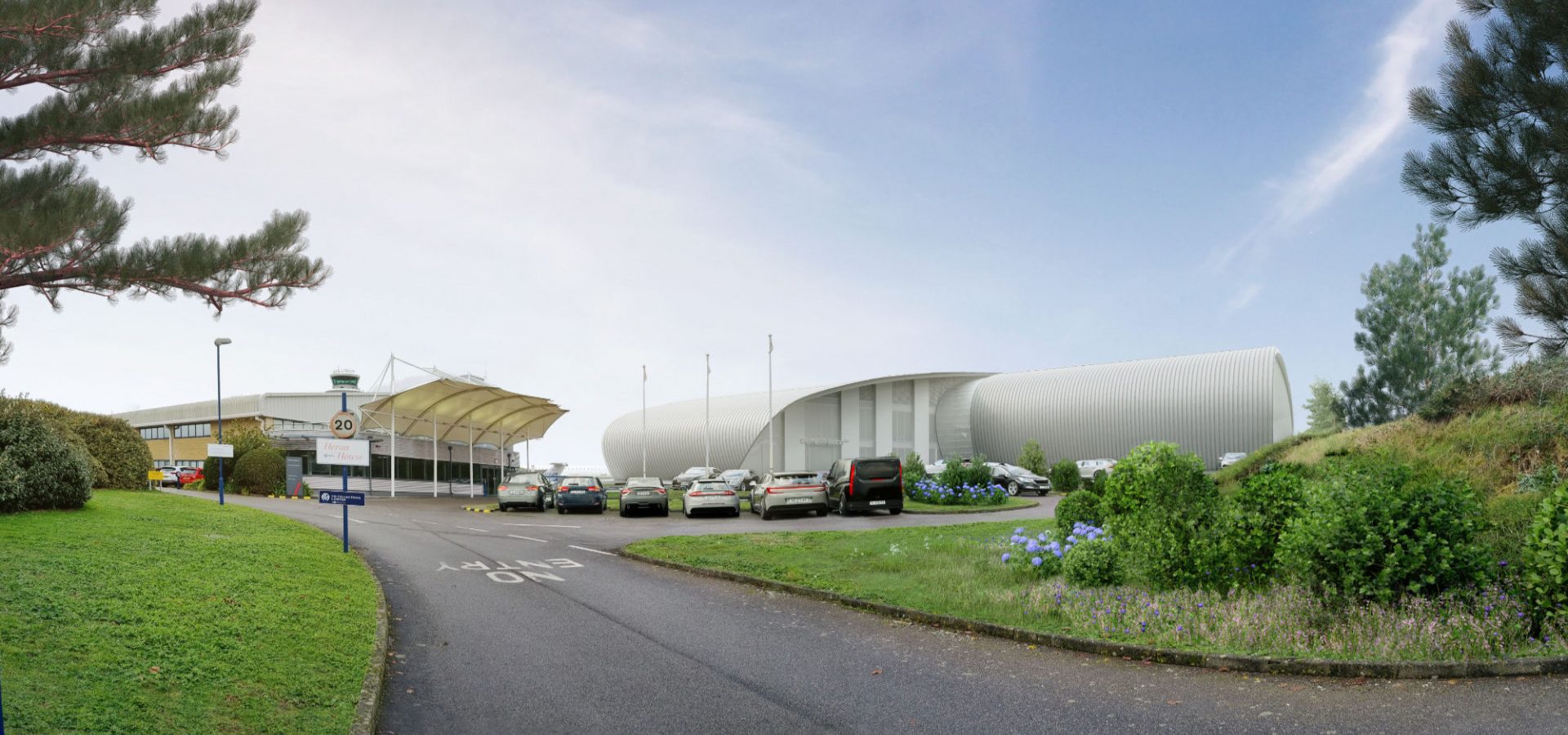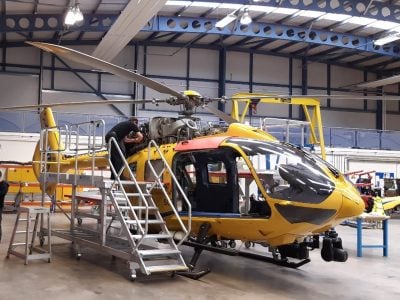Have your say
Have your say via our simple form. Here you can indicate your sentiment for the development as well as provide reasons why you feel this way. In doing so you’ll help us understand how we develop the site in a responsible and considerate way.
The new development will seek to:
-
Aviation sectorContinue Jersey's support of the aviation sector, a critical transport link for the Island's communities and a contributor to its economic success, post COVID-19.
-
Economic benefitProvision of opportunities for contractors, small businesses and individuals during the development phase and into its long term operation.
-
Air AmbulanceSupport the delivery of the Air Ambulance service by providing the opportunity for new patient transfer facilities and maintenance support for the aircraft in Jersey.
-
Skills growthBuild skills growth within the Island's population in a highly skilled, highly regulated industry that provides critical transport links to the UK & beyond.
-
Supporting future modes of flightWhether this is SAF, eVTOL, hydrogen or electric, the hangar will facilitate all forms of flight and the maintenance of those technologies.
-
RegenerationThe development will regenerate an existing brownfield site to an iconic airport landmark that befits the Jersey's desire to become a global leader in new aviation technologies.
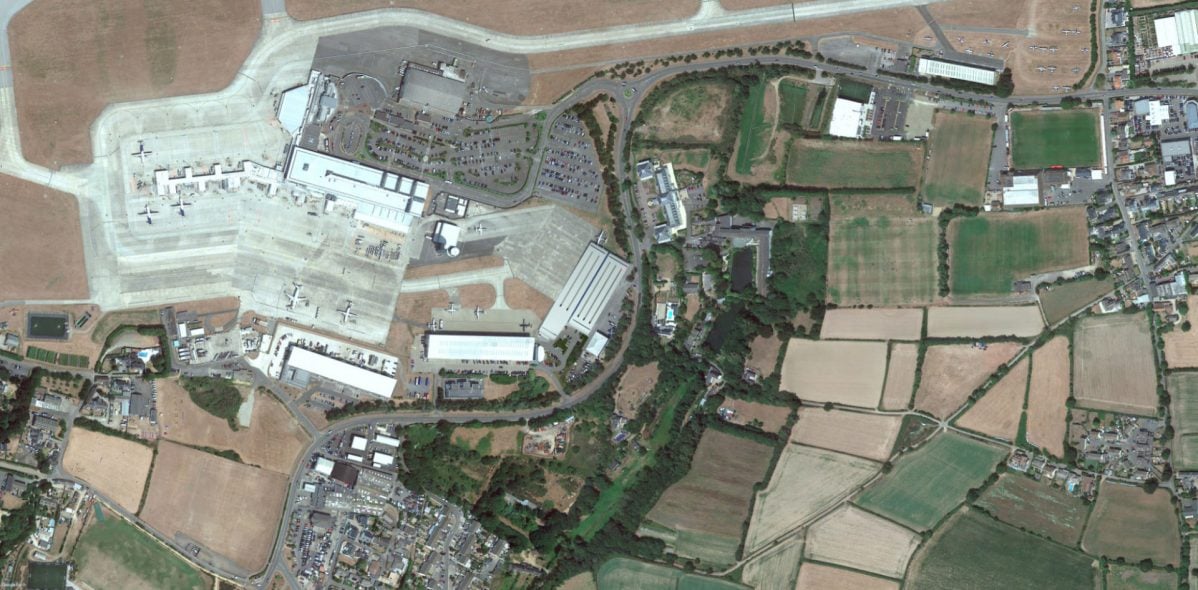
A hangar to meet the needs of the aviation community
The development of a new 60,000 sq ft hangar (roughly the size of an Airbus A320) on the brownfield cargo terminal site will rejuvenate support for the aviation community in Jersey, providing vital hangarage and maintenance services to support the Island’s transport infrastructure.
From planning approval, the build and operational fit out will take in the order of 24 months to complete. At the end of Gama Aviation’s lease period the facility will be handed to the Ports of Jersey and therefore will be owned by the people of Jersey.
Design philosophy
The intention is to locate new Fixed Base Operation (FBO) on the site of the old cargo centre, directly adjacent to our existing facilities.
Concept Inspiration
The concept draws inspiration from the dynamic and fluid forms found in the movement of air around aircraft and the typical section of an aircraft
wing. Just as wake turbulence creates a swirling pattern in the air, the hangar’s architecture embodies a sense of movement and flow and seeks to emulate the aerodynamic shape of an aircraft wing, symbolizing the essence of flight.
The hangar’s form not only pays homage to aircraft engineering, but also seeks to minimize visual impact via its curved form.
Construction
With an emphasis on sustainability in the build, the proposed hangar embraces a contemporary materiality, combining metal cladding, glazing, and a standing seam roof.
The build and final product will be benchmarked against an internationally recognised sustainable building certification method, known as BREEAM.
BREEAM
A BREEAM assessment uses recognised measures of performance, which are set against established benchmarks, to evaluate a building’s specification, design, construction and use. The measures used represent a broad range of categories and criteria from energy to ecology. Each category focuses on the most influential factors, including reduced carbon emissions, low impact design, adaptation to climate change, ecological value and biodiversity protection.
More information regarding BREEAM can be found here
Consideration
By recycling the waste concrete on site, for every 30 cm depth of dig-out, we estimate we will be reducing lorry movements between the airport and La Collette by over 400 movements in each direction, thereby reducing traffic, pollution and other issues associated with large lorry movements on a small Island.
We are also studying the ability of the site to generate power using solar PV and heat via either air or ground source heat pumps

